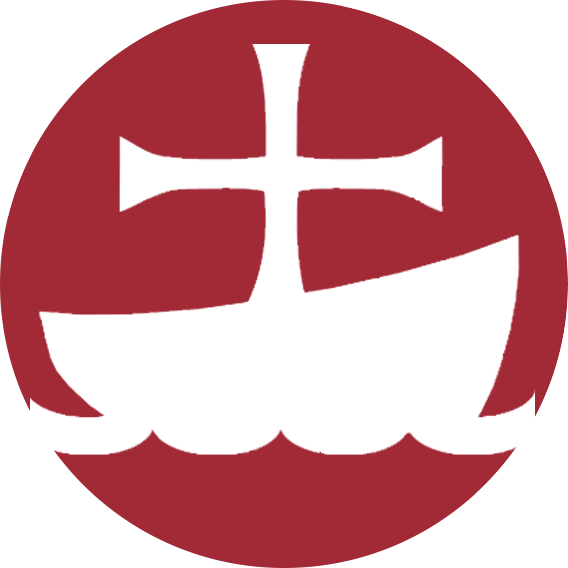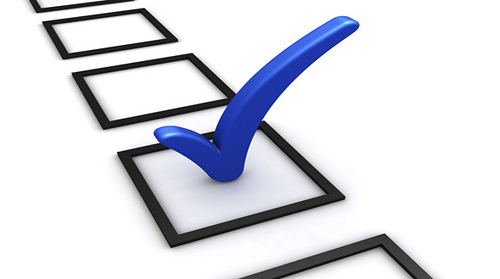For people who enjoy voting, North Carolina’s upcoming election promises to be a real treat. Federal, state and local offices are on the ballot. There’s no more straight-ticket voting for party candidates, so voters will have to (or get to) pick their favorite in each and every race.
What’s more, the ballot is loaded with races that are at least technically non-partisan. So party allegiances aren’t supposed to be a big factor. Well, that’s how it’s supposed to work in theory.
The truth is, the ballot in this state’s 2014 general election can be described as moving from the sublime to the ridiculous.
Case in point: The contest to fill the seat on the state Court of Appeals vacated in August by Chief Judge John Martin. Because Martin, a 25-year veteran of the court, decided to hang it up before his term expired – and because of how he timed his retirement – the floodgates were opened for a free-for-all to choose his replacement. (Not as chief, but as a judge holding one of the Court of Appeals’ 15 spots.)
Once the dust settled enough to count the candidates, the field numbered no less than 19. That means voters, if they split their votes sufficiently, could choose another judge for the state’s second highest court with the backing of a whopping 6 percent or so of the electorate. How’s that for a credible exercise in majority rule?
When the idea is to pick a judge who’s among the best in class – fair, independent, knowledgeable – a race with 19 contestants amounts to little more than a spin of the roulette wheel. Nor is it the voters’ fault. They didn’t devise the system.
The ballot I’ll receive in Cary asks voters to make selections in 21 contested races – from key federal offices to county soil and water conservation supervisor — with a total of 62 candidates. Yes, an enthusiastic voter will have plenty of ground to cover in figuring out whom to support. For good measure, my ballot lists another eight candidates (all running for various judgeships) with no opponents. Filling in bubbles was never so fun.
High court choices
The state’s marquee race this fall involves Democratic US Sen. Kay Hagan and her Republican challenger, state House Speaker Thom Tillis. It’s a race that could have national consequences, given the parties’ struggle for Senate control.
But North Carolina voters will be asked to invest more brainpower in figuring out who they want to see on the bench. For example, four of the seven seats on the state Supreme Court are on the ballot in races that are nominally non-partisan but in which the candidates all have party ties.
It’s hardly a secret that the Supreme Court these days has become an arena for deciding cases that bear intensely on the political parties’ fortunes and agendas. They include cases involving voting district boundaries, where it has to be determined whether those boundaries amount to impermissible gerrymandering that devalues some citizens’ votes, and whether public money should flow to private schools in the form of tuition vouchers.
While it can’t be presumed how a conscientious judge will interpret the law, there’s a reason why these races have become magnets for campaign contributions from those hoping to tilt the outcome.
No offense intended to the candidates, who are simply operating within the system as it exists, but we’re veering close to a process in which judgeships go to the candidates whose supporters fork over the most money. Period.
Yes, there used to be a public financing program for judicial campaigns, which helped level the playing field. But among the election law changes enacted last year by the Republican-controlled General Assembly was one that threw public financing on the junk pile.
Prime position
Another change happens to boost the chances of the current batch of Republican-aligned judicial candidates by listing their names ahead of their opponents. Under the ballot-placement rules now in effect, several candidates with Republican ties – albeit in races that are supposed to be non-partisan — wind up with those premium ballot placements. Experts say that can make a difference.
Top placement in partisan races already was designated for candidates belonging to the party of the incumbent governor – Republican Pat McCrory. But this year, the specified listing order in non-partisan races is supposed to jibe with a random formula set by the state Board of Elections.
That formula is, reverse alphabetical order starting with W. What do you know: Republican judicial candidates tend to benefit. That includes all four GOP-endorsed candidates for the Supreme Court, a line-up that had been set in the spring, before that particular ballot change was enacted. And it includes the party’s favorite in that 19-candidate scrum for the Court of Appeals – John Tyson, who perhaps can expect the stiffest challenge from Democratic Party favorite John Arrowood.
When it comes to judges, the ballot just goes on and on. So voters who might want mainly to choose between Hagan and Tillis will have their work cut for them if they want to do justice, so to speak, to their voting privileges.
The NC Council of Churches wants to see judges who are committed to ideals of independence and fairness, whatever their partisan ties. Perhaps someday, our state will come up with a method of judicial selection that doesn’t leave so much to whims and to chance – surely, that doesn’t ask us to choose among 19 candidates.
In the meantime, all we can hope is that voters do their homework and go to the polls well-informed as to who can best serve the public interest.
Note: To view your sample ballot, visit the State Board of Elections Voter Search. After filling in your name, click on Search. Then click on your name as it appears under Full Name; then click on the number under Ballot(s).


